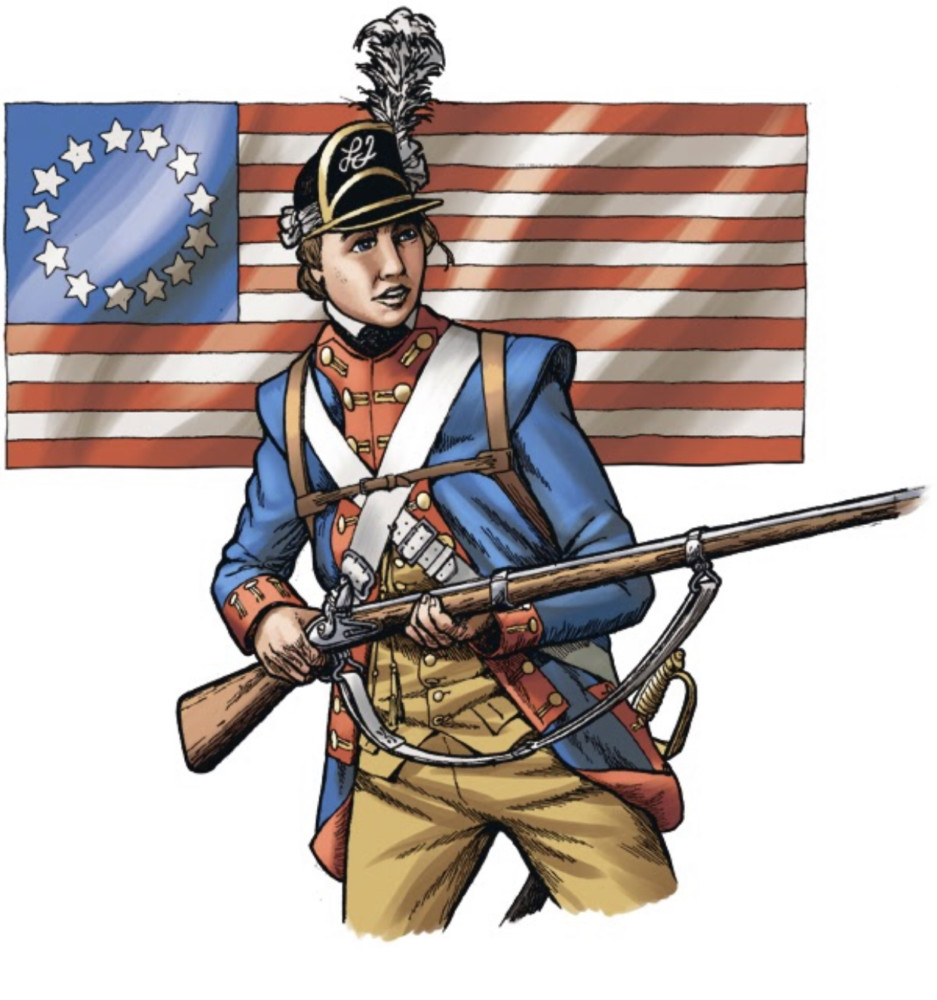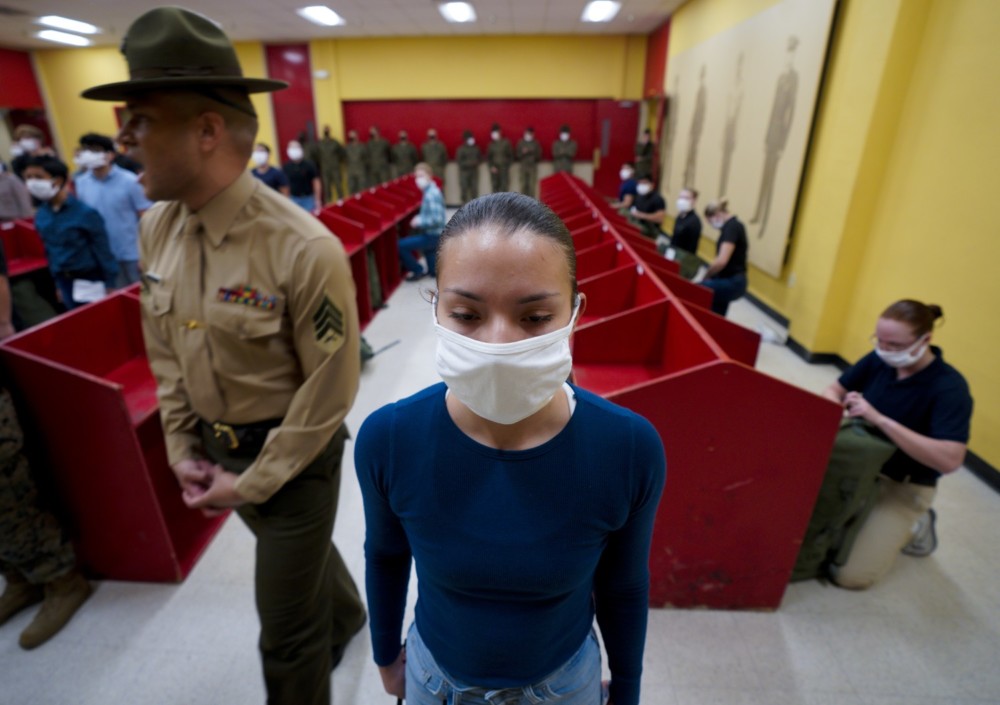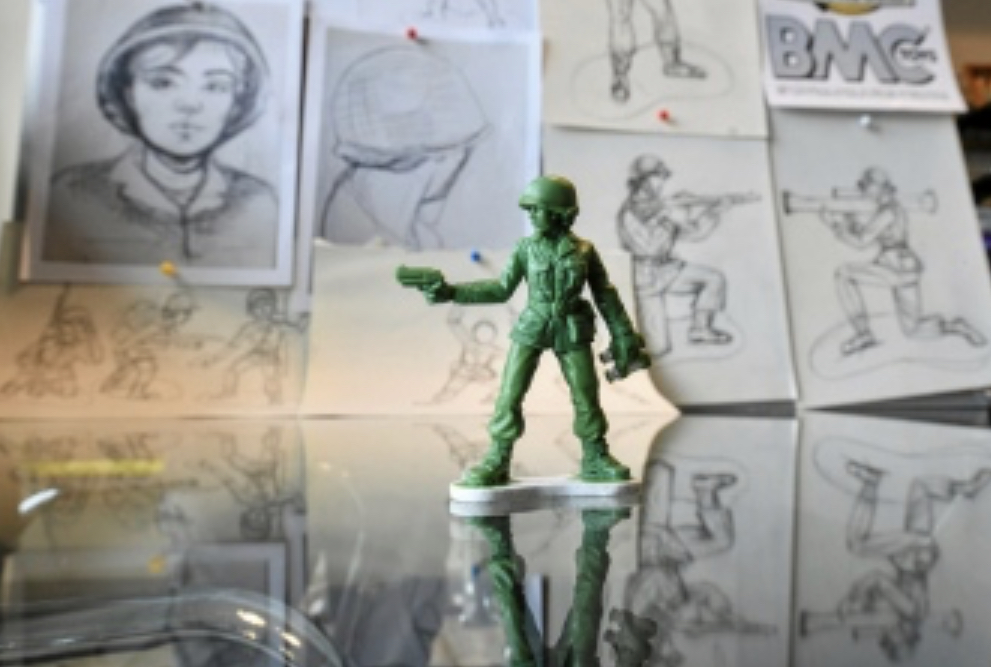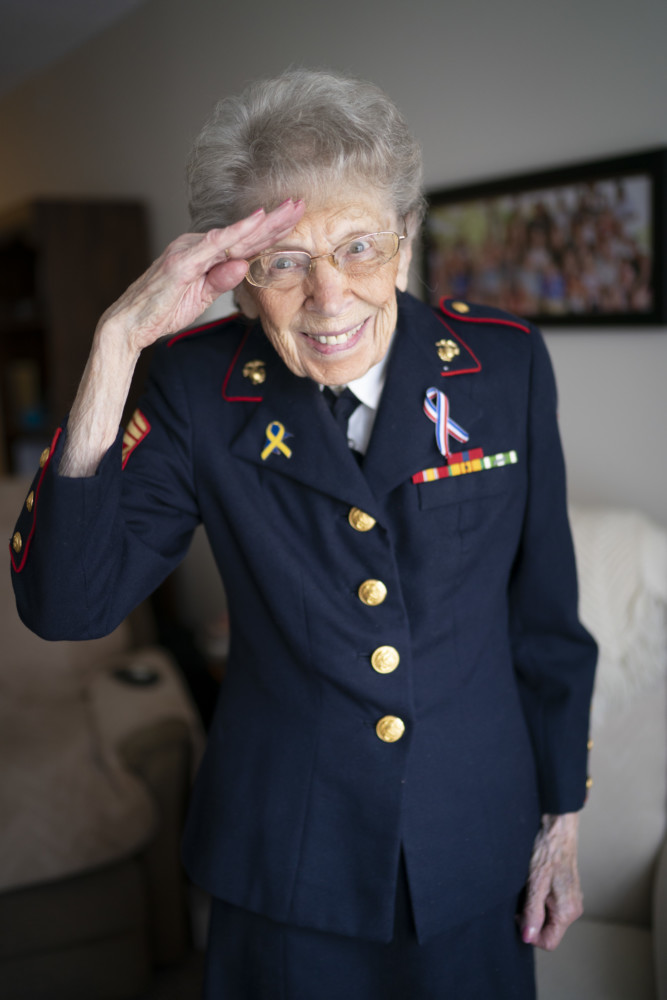By Steph Solis
MassLive.com, Springfield, Mass.
WWR Article Summary (tl;dr) According to the New York Times, some facts remain certain: Deborah Sampson joined a Massachusetts company under the name Robert Shurtleff and served for at least 17 months, getting shot while in New York.
MassLive.com, Springfield, Mass.
Disguised as a man, Deborah Sampson joined the Revolutionary War and took a bullet for the cause. The Massachusetts Archives and Commonwealth Museum in Boston will honor her memory by displaying a record of her pension alongside letters from founding fathers.
“What was significant was that Massachusetts credited her service and paid her pension even as a woman, which at that time was something unusual for many places,” said Massachusetts Secretary of State William Galvin during on Wednesday. “They weren’t treating women very well, especially in that period of time.”
Sampson first tried to enlist in the Continental Army in 1782 as “Timothy Thayer.” Historian Alfred F. Young wrote in his biography, Masquerade: The Life and Times of Deborah Sampson, Continental Soldier, that the attempt was a disaster and she was threatened with legal prosecution.
Some of the details surrounding her service have come under scrutiny since researchers found a long-lost diary by a neighbor of Sampson, including her own claims that she fought in the Battle of Yorktown.
According to the New York Times, some facts remain certain: Sampson ultimately joined a Massachusetts company under the name Robert Shurtleff and served for at least 17 months, getting shot while in New York.
When she got sick, she was discovered by a doctor and honorably discharged. She married Benjamin Gannett in 1785 and took his surname.
The museum, located in Dorchester, is better known as the home of one of the original 14 copies of Declaration of Independence.
This year, Galvin and director Michael Comeau sought to share several accompanying documents. These include Sampson’s 1820 pension record, a letter from John Hancock notifying Massachusetts of the declaration, a letter from George Washington at the time and a letter from Col. Robert Gould Shaw, commanding officer of the all-black 54th Regiment Massachusetts Volunteer Infantry that fought in the Civil War.
The Massachusetts Archives and Commonwealth Museum is home to one of the original 14 copies of the Declaration of Independence, left.
Taken together, Galvin said the documents highlight Massachusetts’ role in the nation’s evolving history.
“In addition to being there at the beginning, we’ve been there throughout many of the difficult moments in the history of the country,” he said.
Perhaps the most difficult story behind Sampson’s record is how long the battle over her military pension dragged on.
In Sampson’s biography, Young wrote “the exact process by which Mrs. Gannett got her pension is a small mystery because the documents have not survived — lost, it was said, in a fire in Washington, D.C. during the British Invasion in the war of 1812.”
Still, he pieced together several of her efforts to obtain a full military pension, arguing she had become disabled as a result of her injuries during the Revolutionary War. Sampson’s initial petitions failed.
In 1805, Congress amended the law to grant the Department of War the authority to issue pensions to “invalid veterans” who had suffered injuries during the war and had since become disabled. Sampson started receiving a pension retroactive to 1803, according to Young’s biography.
Sampson asked for increases, arguing her pension should be awarded retroactive to her date of discharge in 1783. She ultimately received a general service pension.
“We present these accompanying the Declaration of Independence as noting our history,” Galvin said. “We know many visitors come to Massachusetts in the Fourth of July, not just for the public celebrations, but also to educate themselves on our history.”
The museum will be open 9 a.m. to 3 p.m. Thursday.
___
Distributed by Tribune Content Agency, LLC.

















































































































































































































































































































































































